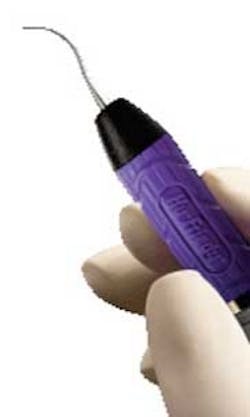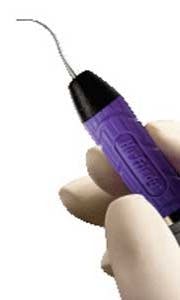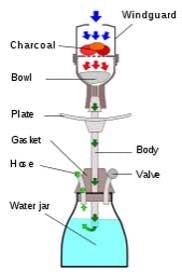Education is important in understanding hookah fad
By Rula Kassis Dabit, RDH
As professionals, we have to be concerned for our patient’s health. To show concern, we must be prepared to educate. For many, smoking is an obvious habit that not only causes diseases, but results in gingivitis, bad breath, and many more issues in the oral cavity as well as overall health. Even though these facts may seem obvious to all, it is not to some. Most patients have a lack of education when it comes to cigarettes, chewing tobacco, cigars, and a new craze, the hookah.
As professionals, we have to be concerned for our patient’s health. To show concern, we must be prepared to educate. For many, smoking is an obvious habit that not only causes diseases, but results in gingivitis, bad breath, and many more issues in the oral cavity as well as overall health. Even though these facts may seem obvious to all, it is not to some. Most patients have a lack of education when it comes to cigarettes, chewing tobacco, cigars, and a new craze, the hookah.
Hookah, a water pipe smoked with flavored tobacco, is now a very popular social and accepted way of smoking tobacco. Beginning in the Middle East centuries ago, hookah is still continued to be smoked by the older men during social gatherings. Now, the fad has expanded throughout the world, and to all age groups.
Patients who are smoking using a hookah may not be aware of the effect it has on them. This is why we must understand what exactly is in a hookah. The water pipe consists of a glass base where water is placed, connected to a hose in which the tobacco is inhaled. The tobacco is placed in a bowl on top of the pipe where it is covered with burning charcoal. The reason that Hookah is of popular interest to many crowds is the options of tobacco flavors. Some of the many options include strawberry, pina colada, mango, or chocolate. Now we know why people forget they are still smoking tobacco. People tend to think smoking a water pipe is harmless to their bodies. Since the hookah is so new to many, there aren’t many studies that have been made on its certain effects. The misconception by smokers is that the water is taking away the harmful toxins before you are actually inhaling from it.
According to the World Health Organization (WHO) advisory, even after passing through the water, the tobacco smoke still produces high levels of toxic compounds, including carbon monoxide and carcinogens. The water does absorb some of the nicotine, yet hookah smokers can still be exposed to a sufficient dose to cause an addiction.(1) This may be the key note to mention to your patients. We may understand what cigarettes and similar tobacco products have on the oral cavity, but have we stopped to consider the other ways people enjoy smoking tobacco? Yes, it may be considered nicotine-free, but why is it still a widely spread habit for Americans, especially the younger generation? We cannot tell our patients what to do, but at least we can let them understand what they are doing. Hookah use is not necessarily a continuous daily habit like cigarettes can become. Because of that, patients may also not inform us of this social habit. Studies and research on the hookah is something on which we need to keep a lookout. Its popularity continues to increase throughout our younger generation. Education is the key. References
1. World Health Organization (WHO). Water pipe tobacco smoking: health effects, research needs and recommended actions by regulators. Geneva, Switzerland, 2005.
1. World Health Organization (WHO). Water pipe tobacco smoking: health effects, research needs and recommended actions by regulators. Geneva, Switzerland, 2005.
Rula Kassis Dabit, RDH, graduated from SUNY Farmingdale in New York. She is currently living in Mississippi with her husband. She is dedicated to her field and continues to stay involved.




